Why is iron so vital, and where do we get it from?
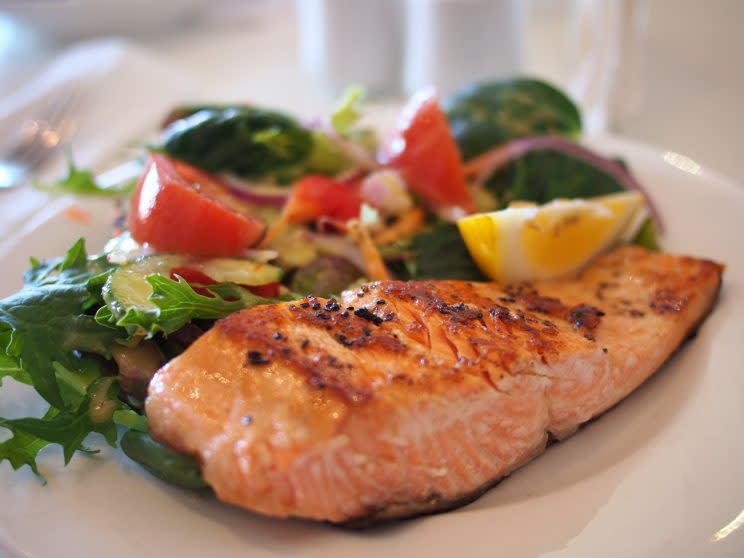
Iron is essential for blood production. It is a key component of haemoglobin, the protein in red blood cells that helps carry oxygen to different parts of the body. A deficiency in iron, a common condition among women, results in iron-deficiency anaemia.
In Singapore, the recommended daily allowance (RDA) for iron is:
Men – 6mg
Women – 19mg. Women need more iron than men due to blood loss during menstruation; hence, the recommended intake of iron in women aged 60 and above falls to 6mg.
Boys – 6-12mg
Girls – 7-19mg
You get iron from the foods you eat. This dietary iron is of two types: haem iron, from animal sources; and non-haem iron, from plant sources. The body is more adept at absorbing haem iron than non-haem iron.
You can also get dietary iron from iron-fortified foods such as breakfast cereal, rice, bread and pasta.
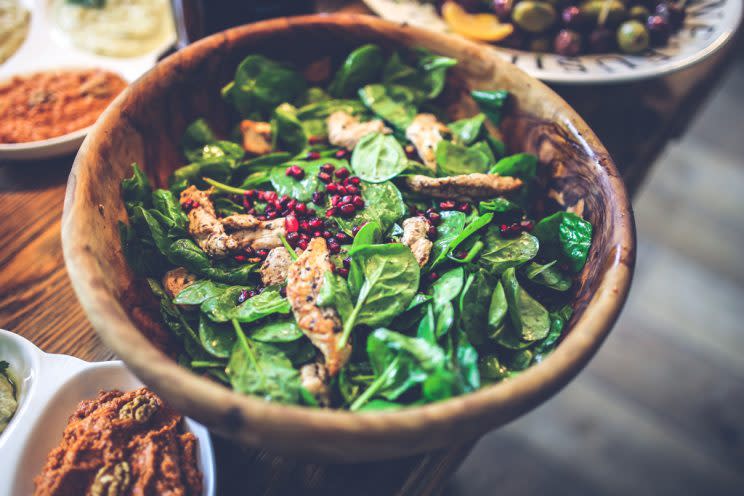
Haem sources of iron:
Beef, beef liver, lamb, mutton, veal
Chicken, chicken liver, pork, turkey
Salmon, tuna, sardines, prawns, oysters, clams
Eggs
A 50g serving of chicken liver provides 5.1mg of iron; a pig kidney 13.8mg; 90g of lean beef 2.8mg; and one egg, about 1mg of iron.
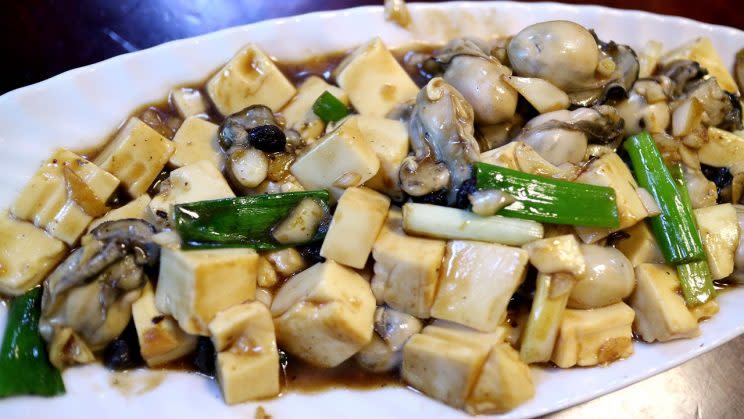
Non-haem sources of iron:
Legumes: kidney beans, lima beans, chickpeas
Soy products: Tofu
Green leafy vegetables: Spinach, kailan
Seaweed, sea moss
A 15g serving of dried seaweed has 3.3mg of iron, 10g of sea moss has 9.9mg, and 30g of spinach has 1.5mg.
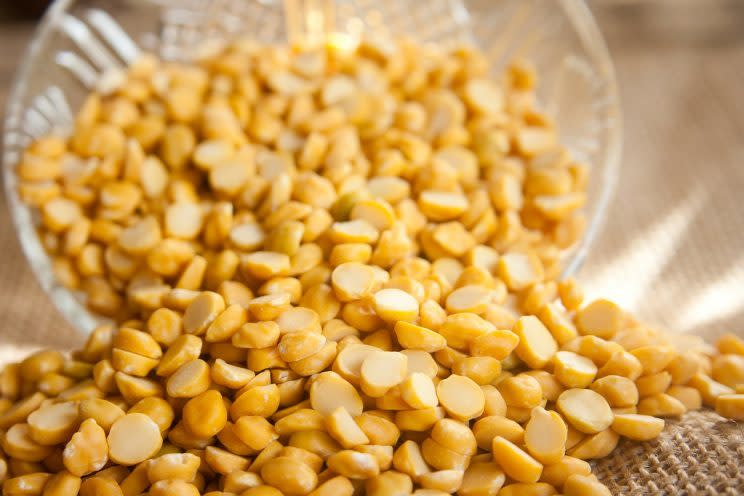
Nuts such as cashew, pistachio, walnuts, almonds and seeds such as pumpkin, sunflower, sesame, are also good sources of non-haem iron. You can enjoy them as a snack on their own or in a salad.
A 65g serving of cashew has 5mg of iron while a similar portion of pistachio has 2.5mg.
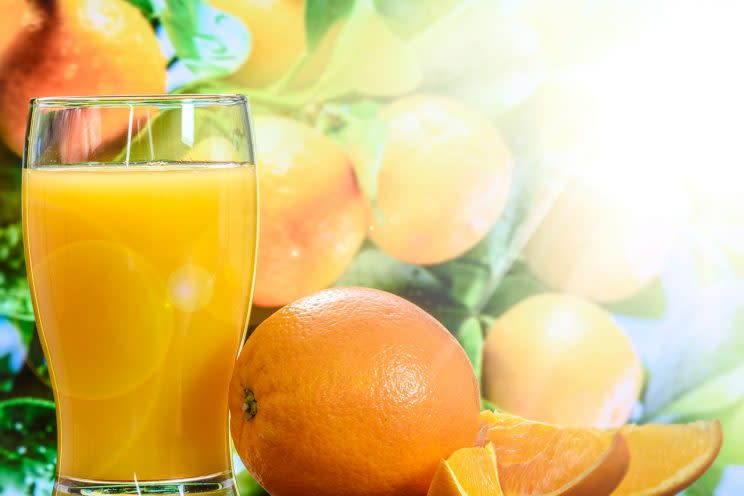
Did you know that vitamin C can actually improve your absorption of non-haem iron while tea and coffee can hinder it? So accompany your iron-rich meal with orange juice or some other vitamin C-rich food, and avoid caffeinated beverages.


